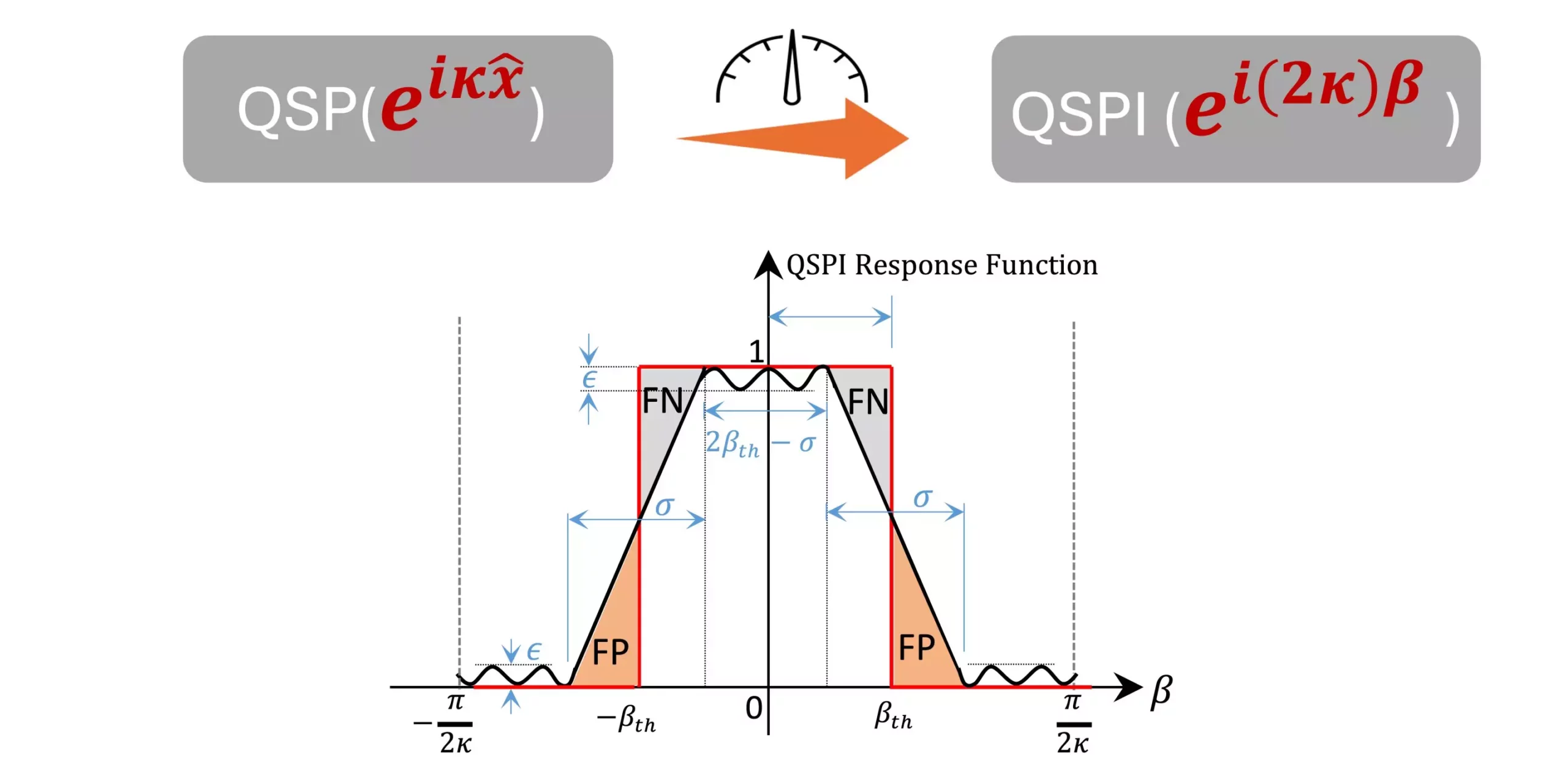In an era defined by technological competition and innovation, the advent of quantum sensors represents a transformational leap in our ability to sense and interpret the world around us. Researchers from North Carolina State University and the Massachusetts Institute of Technology have pioneered a groundbreaking protocol that promises to enhance the sensitivity of quantum sensors beyond the capabilities of traditional methods. This advancement holds tremendous implications for various fields, from telecommunications to environmental monitoring, where detecting faint signals is paramount.
At the heart of this novel protocol is an inventive coupling of quantum systems that enables researchers to filter signals with remarkable precision. Such an endeavor not only highlights the capabilities of quantum mechanics but also showcases the ingenuity of researchers who draw upon established classical principles to chart new territories in quantum technology. Instead of merely reiterating the capabilities of quantum systems, the researchers aim to harness and direct their powers for practical applications.
Integrating Classical Principles with Quantum Mechanics
As the research unfolds, it becomes evident that the foundation of this new protocol is built upon classical signal processing techniques. Yuan Liu, an assistant professor at NC State and a lead author of the study, emphasizes the importance of this integration. The researchers modified traditional filter designs, which are common in electrical engineering, to suit the complexities of quantum systems. This innovative blend paves the way for sensors to be fine-tuned in ways previously thought impossible.
At a technical level, the researchers introduced a framework that connects a qubit — the fundamental unit of quantum information — with a bosonic oscillator — a quantum system akin to classical oscillators but capable of existing in infinite-dimensional states. This coupling allows for nuanced manipulation of quantum entities, offering unprecedented control over quantum sensors. The ability to design these filters opens vast possibilities for specialized sensors that can target specific signals.
Turning Complexity into Clarity
One of the critical challenges in quantum sensing lies in how to manage and interpret the complex state of quantum systems. The researchers tackled this issue by adopting a focused decision-making approach. Instead of trying to quantitatively analyze target signals, they simplified their inquiry to a binary question: Does the signal possess a certain property? This methodological shift not only streamlines the process but also positions the researchers to develop tailored manipulations of the bosonic oscillator specifically tuned to identify signals of interest.
What follows from this innovative approach is the application of interferometry to encode the results into the qubit state, which is then measured for straightforward interpretability. The brilliance of this method lies in its simplicity — rather than requiring multiple measurements and analysis, a single measurement can yield a decisive answer, significantly enhancing efficiency. The single-shot measurement approach minimizes resource consumption and accelerates data acquisition, a boon for fields where time and accuracy are of the essence.
Unlocking Infinite Potential
Furthermore, the implications of this research extend far beyond mere signal detection. The structured framework established in this study could lead to advancements in various quantum sensing applications across industries. From detecting environmental pollutants to enhancing medical diagnostics, the potential uses of these finely-tuned sensors are virtually limitless. The ability to utilize readily available quantum resources, such as trapped ions and superconducting platforms, means that these innovations could rapidly transition from laboratory environments to real-world applications.
Given the urgency for improved sensing capabilities in numerous scientific fields, it is remarkable that this research positions quantum sensors as not only the future but as an immediate necessity. As we continue to confront global challenges, innovations like these that focus on precise measurement and detection will undoubtedly be instrumental.
In the journey towards fully realizing the potential of quantum technology, this research stands as a testament to human ingenuity and the relentless pursuit of knowledge. By breaking the barriers posed by classical limitations, we move closer to an era where the capabilities of quantum systems unlock fundamental advancements across many facets of human endeavor.

